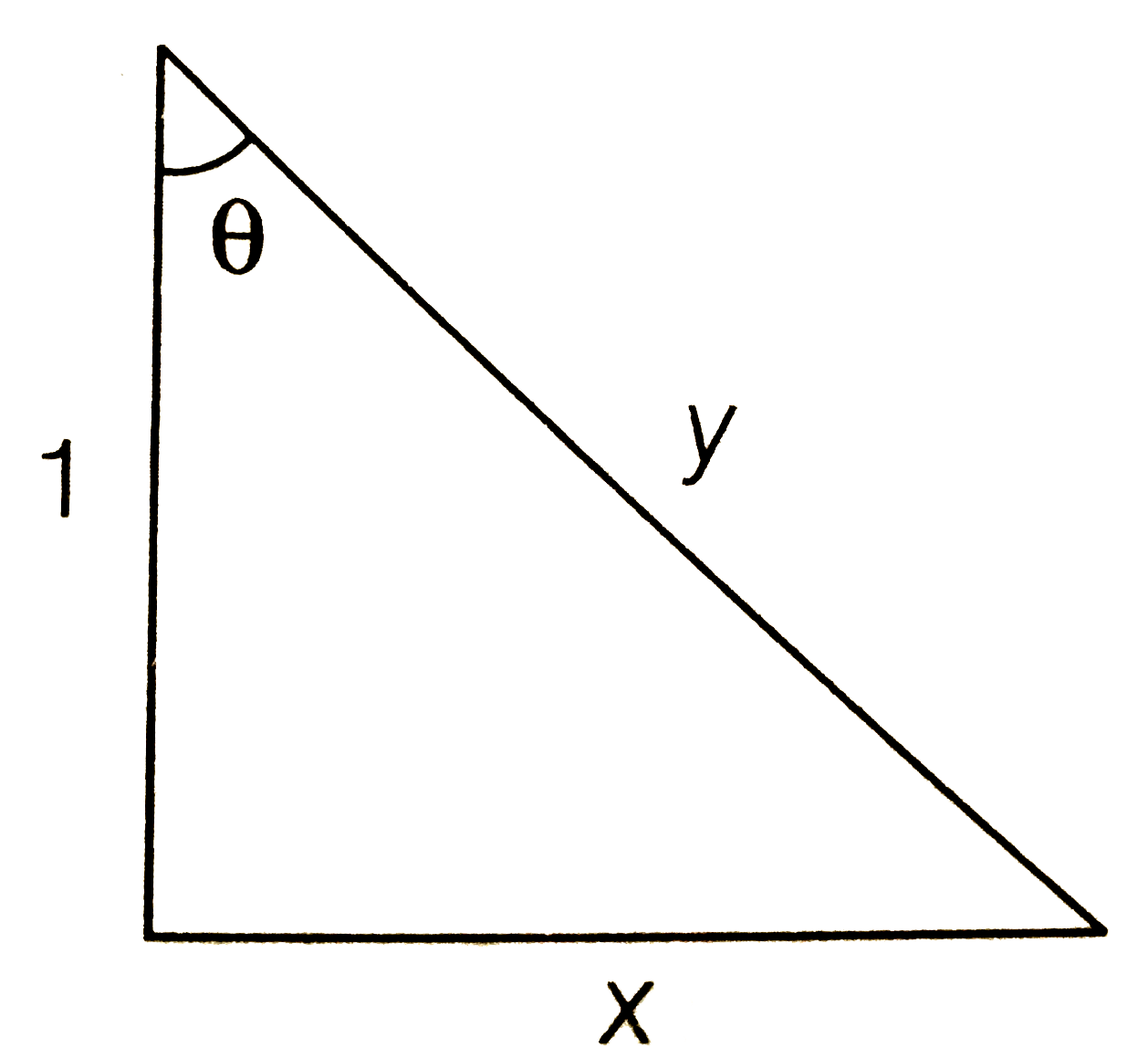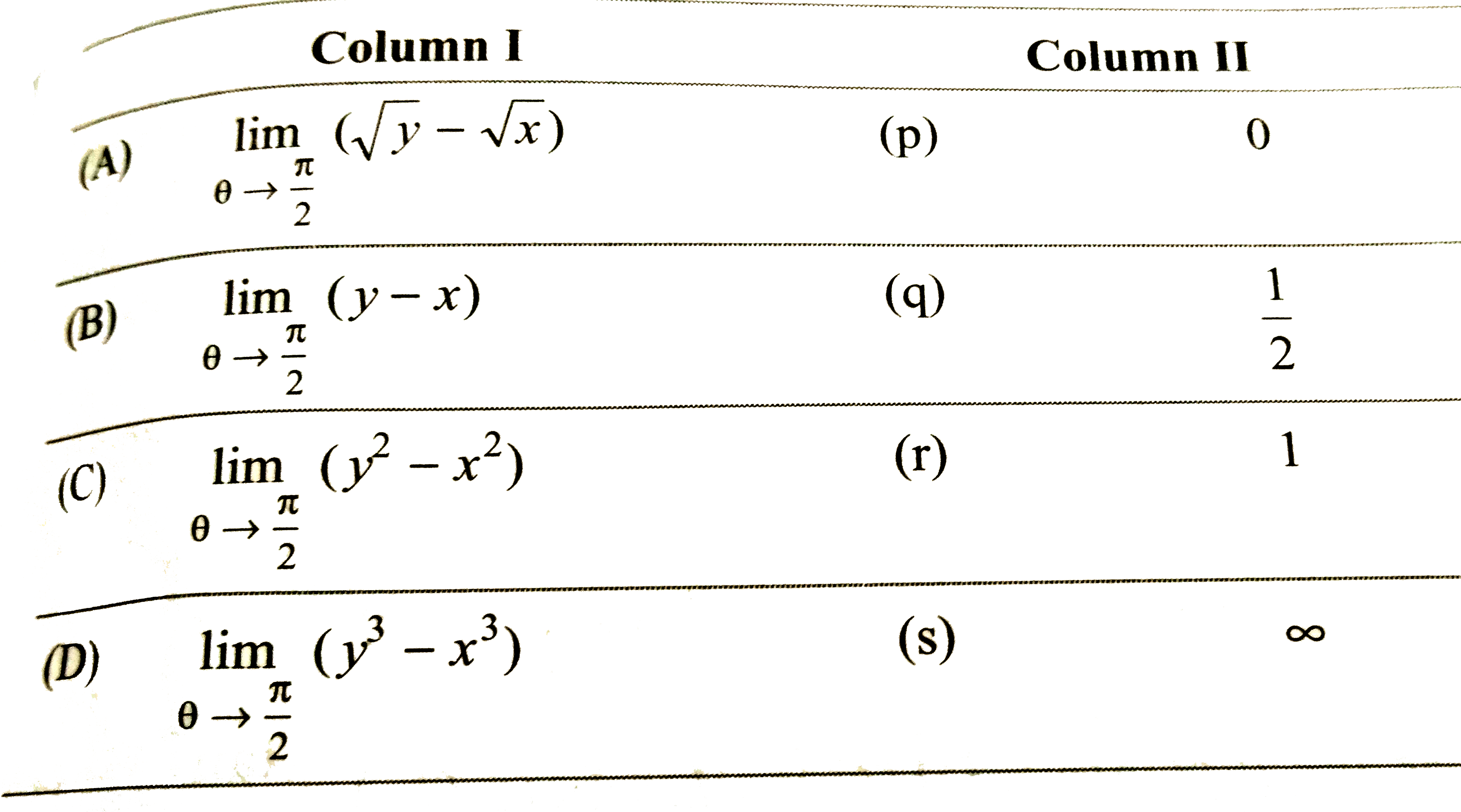Prove that in a triangle, other than an equilateral triangle, angle opposite the longest side is greater than 23 of a right angle.
To prove that in a triangle, other than an equilateral triangle, the angle opposite the longest side is greater than 23 of a right angle, we will follow these steps:
Step 1: Understand the Triangle
Let’s denote the triangle as △ABC where A, B, and C are the vertices of the triangle. Assume that BC is the longest side, which means that angle A and angle C are less than angle B.
Step 2: Establish the Angles
Since B is the largest angle, we can write:
∠B>∠Aand∠B>∠C
Step 3: Add the Inequalities
From the inequalities established in Step 2, we can add them:
∠B+∠B>∠A+∠B
This simplifies to:
2∠B>∠A+∠C
Step 4: Use the Sum of Angles in a Triangle
We know that the sum of the angles in a triangle is 180∘:
∠A+∠B+∠C=180∘
From this, we can express ∠A+∠C as:
∠A+∠C=180∘−∠B
Step 5: Substitute into the Inequality
Now, we substitute ∠A+∠C in the inequality from Step 3:
2∠B>180∘−∠B
Adding ∠B to both sides gives:
2∠B+∠B>180∘
This simplifies to:
3∠B>180∘
Step 6: Divide by 3
Dividing both sides by 3 gives:
∠B>60∘
Step 7: Conclusion
Since 60∘ is equal to 23 of a right angle (90°), we conclude that:
∠B>23×90∘
Thus, we have proved that in a triangle, other than an equilateral triangle, the angle opposite the longest side is greater than 23 of a right angle.
Let’s denote the triangle as △ABC where A, B, and C are the vertices of the triangle. Assume that BC is the longest side, which means that angle A and angle C are less than angle B.
Since B is the largest angle, we can write:
∠B>∠Aand∠B>∠C
From the inequalities established in Step 2, we can add them:
∠B+∠B>∠A+∠B
This simplifies to:
2∠B>∠A+∠C
We know that the sum of the angles in a triangle is 180∘:
∠A+∠B+∠C=180∘
From this, we can express ∠A+∠C as:
∠A+∠C=180∘−∠B
Now, we substitute ∠A+∠C in the inequality from Step 3:
2∠B>180∘−∠B
Adding ∠B to both sides gives:
2∠B+∠B>180∘
This simplifies to:
3∠B>180∘
Dividing both sides by 3 gives:
∠B>60∘
Since 60∘ is equal to 23 of a right angle (90°), we conclude that:
∠B>23×90∘
Thus, we have proved that in a triangle, other than an equilateral triangle, the angle opposite the longest side is greater than 23 of a right angle.
Topper's Solved these Questions
- BOOK - NCERT EXEMPLAR ENGLISHCHAPTER - TRIANGLESEXERCISE - SHORT ANSWER TYPE QUESTIONS11videos
TRIANGLES
- BOOK - NCERT EXEMPLAR ENGLISHCHAPTER - STATISTICS AND PROBABILITYEXERCISE - LONG ANSWER TYPE QUESTIONS12videos
STATISTICS AND PROBABILITY
- BOOK - NCERT EXEMPLAR ENGLISHCHAPTER - VOLUME AND SURFACE AREAEXERCISE - LONG ANSWER TYPE QUESTIONS8videos
VOLUME AND SURFACE AREA
Similar Questions
Prove that each angle of an equilateral triangle is 600
View SolutionIn a triangle the greater angle has the longer side opposite to it.
View SolutionShow that in a right angled triangle, the hypotenuse is the longest side.
View SolutionTheorem 7.6 : If two sides of a triangle are unequal, the angle opposite to the longer side is larger (or greater)
View SolutionIn an isosceles triangle, prove that the angles opposite to equal sides are equal.
View SolutionIf the square of one side of a triangle is equal to the sum of the squares of the other two sides then the triangle is a right triangle with the angle opposite the first sides as right angle.
View SolutionA vertex of an equilateral triangle is 2,3 and the opposite side is x+y=2. Find the equations of other sides.
View SolutionA vertex of an equilateral triangle is (2,3) and the opposite side is x+y=2. Find the equations of other sides.
View SolutionIn an equilateral triangle with side a, prove that the altitude is of length a√32
View SolutionA right angled triangle has legs 1 and x. The hypotenuse is y and angle opposite to the side x is θ. Shown as

 View Solution
View Solution

